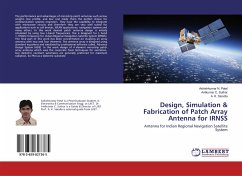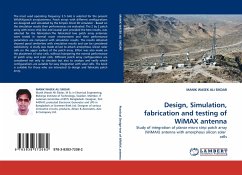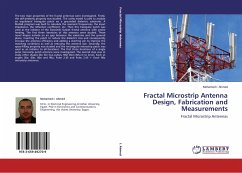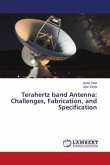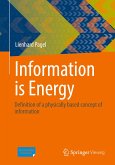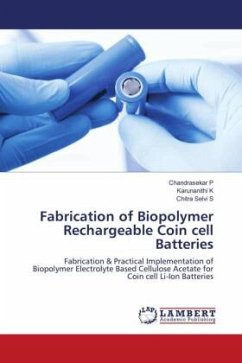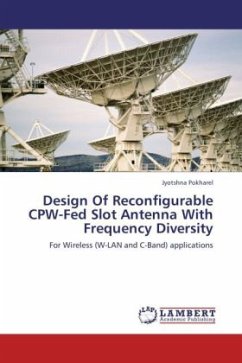Quantum electrical circuit based on CPW technology is considered one of the most promising candidates for practical realization of a quantum computer in future. For purpose of designing a multi-qubit quantum processor which is the heart of a quantum computer, it is required to couple qubits to a large number of superconducting transmission lines and resonators. Placing all these transmission lines and resonators in a practical design unavoidably creates bending and discontinuities in the ground planes which have higher order parasitic modes that can be excited. These undesired parasitic modes are detrimental for quantum measurement, for example during readout of a qubit. The easiest way to suppress these parasitic modes is to connect two unequal ground potential with superconducting air-bridges. In this book, superconducting air-bridge is designed on top of superconducting CPW transmission line which is a subsystem of large quantum electrical circuit. A new fabrication method is developed for processing high aluminum air-bridges for quantum electrical circuits. Finally, input reflection measurement at cryogenic temperature is performed for these aluminum air-bridges.
Bitte wählen Sie Ihr Anliegen aus.
Rechnungen
Retourenschein anfordern
Bestellstatus
Storno


